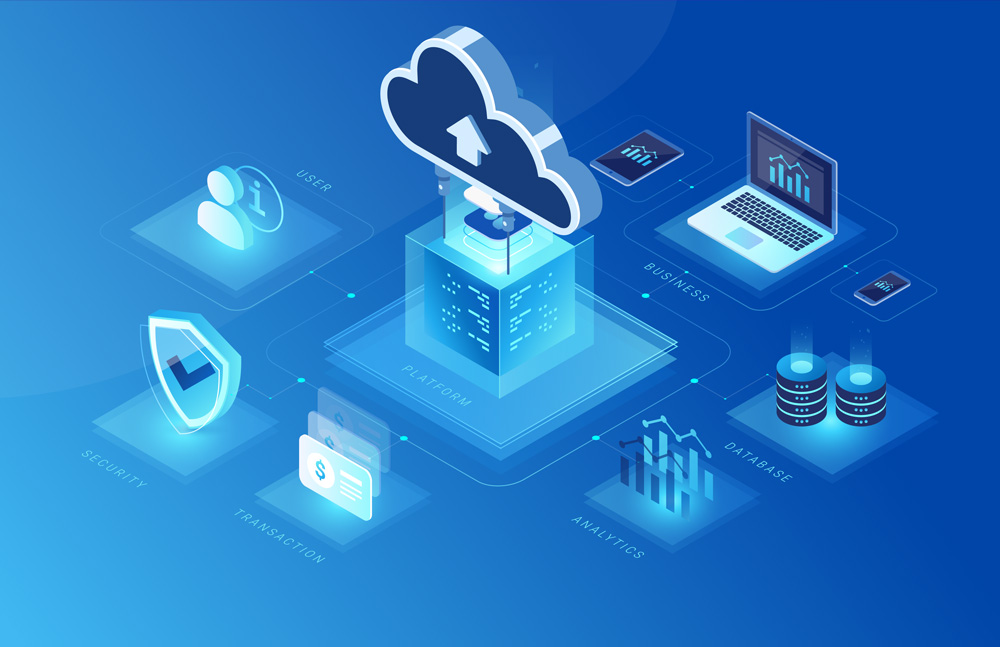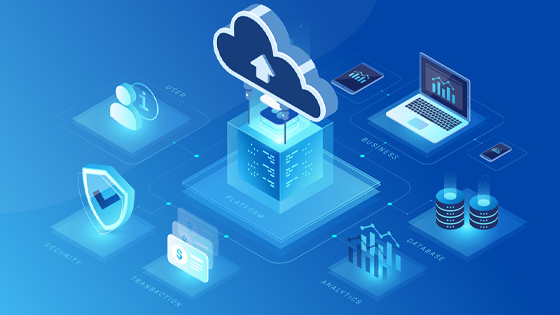IT Operations Management (ITOM) in the cloud presents a unique set of challenges and opportunities for organizations of all sizes. The cloud offers a highly scalable, flexible and cost-effective solution for managing IT operations, but it also requires a different approach to monitoring, managing and securing IT resources. In this blog post, we’ll explore some of the key challenges of ITOM in the cloud, and provide solutions for overcoming them.
Cloud Visibility:
One of the biggest challenges of ITOM in the cloud is visibility. In a traditional on-premises environment, IT teams have complete control over the physical infrastructure, and can easily monitor and troubleshoot issues. However, in the cloud, IT teams are often dependent on the cloud provider’s management tools and APIs to gain visibility into the cloud infrastructure. This can make it difficult to identify and resolve issues in a timely manner.
To overcome this challenge, organizations should implement a cloud management platform (CMP) that provides a single pane of glass view of all cloud resources. CMPs like AWS Management Console, Azure Portal, and Google Cloud Platform Console allow IT teams to monitor and manage cloud resources from a single location, making it easier to identify and resolve issues. Additionally, cloud providers like AWS and Azure offer a range of monitoring and logging services, such as CloudWatch and Log Analytics, that can be used to gain deeper visibility into the cloud infrastructure.
Cloud Security:
Another challenge of ITOM in the cloud is security. In a traditional on-premises environment, IT teams have complete control over the physical security of the infrastructure. However, in the cloud, IT teams are often dependent on the cloud provider’s security measures. This can make it difficult to ensure that cloud resources are secure and compliant with industry regulations.
To overcome this challenge, organizations should implement a comprehensive cloud security strategy that includes the following elements:
- Identity and access management: Implement a robust identity and access management (IAM) system to control access to cloud resources and ensure that only authorized users can access sensitive data.
- Network security: Implement a firewall and other network security measures to protect cloud resources from cyber threats.
- Data encryption: Encrypt sensitive data at rest and in transit to protect it from cyber threats.
- Compliance: Ensure that cloud resources comply with industry regulations, such as HIPAA and PCI-DSS.
Cloud Scalability:
Another challenge of ITOM in the cloud is scalability. In a traditional on-premises environment, IT teams can add or remove resources as needed to meet changing business requirements. However, in the cloud, IT teams are often dependent on the cloud provider’s scaling mechanisms. This can make it difficult to ensure that cloud resources are always available to meet business needs.
To overcome this challenge, organizations should use auto-scaling and auto-healing mechanisms. Auto-scaling automatically adds or removes resources based on predefined rules, ensuring that cloud resources are always available to meet business needs. Auto-healing automatically detects and repairs any issues with cloud resources, ensuring that they are always available. Additionally, organizations should use a cloud load balancer to distribute traffic across multiple cloud resources, ensuring that the traffic is always available, even if a single resource goes down.
Cloud Cost:
Finally, another challenge of ITOM in the cloud is cost management. In a traditional on-premises environment, IT teams have complete control over the cost of IT resources. However, in the cloud, IT teams are often dependent on the cloud provider’s pricing model. This can make it difficult to predict and control the cost of IT resources.
To overcome this challenge, organizations should use a cloud cost management tool to monitor and control the cost of cloud resources. Cloud cost management tools like AWS Cost Explorer, Azure Cost Management and Google Cloud Billing provide detailed insights into cloud resource usage and costs, and allow IT teams to identify and optimize areas where costs can be reduced. Additionally, organizations should use tagging and resource management policies to ensure that cloud resources are used only when they are needed, and that they are properly decommissioned when they are no longer needed.

In conclusion, IT Operations Management in the cloud presents a unique set of challenges and opportunities for organizations. By implementing a cloud management platform, a comprehensive cloud security strategy, auto-scaling and auto-healing mechanisms, and cloud cost management tools, organizations can overcome these challenges and fully leverage the benefits of the cloud. With the right tools and strategies in place, IT teams can ensure that cloud resources are always available, secure, and cost-effective, enabling organizations to meet their business objectives and drive growth.
